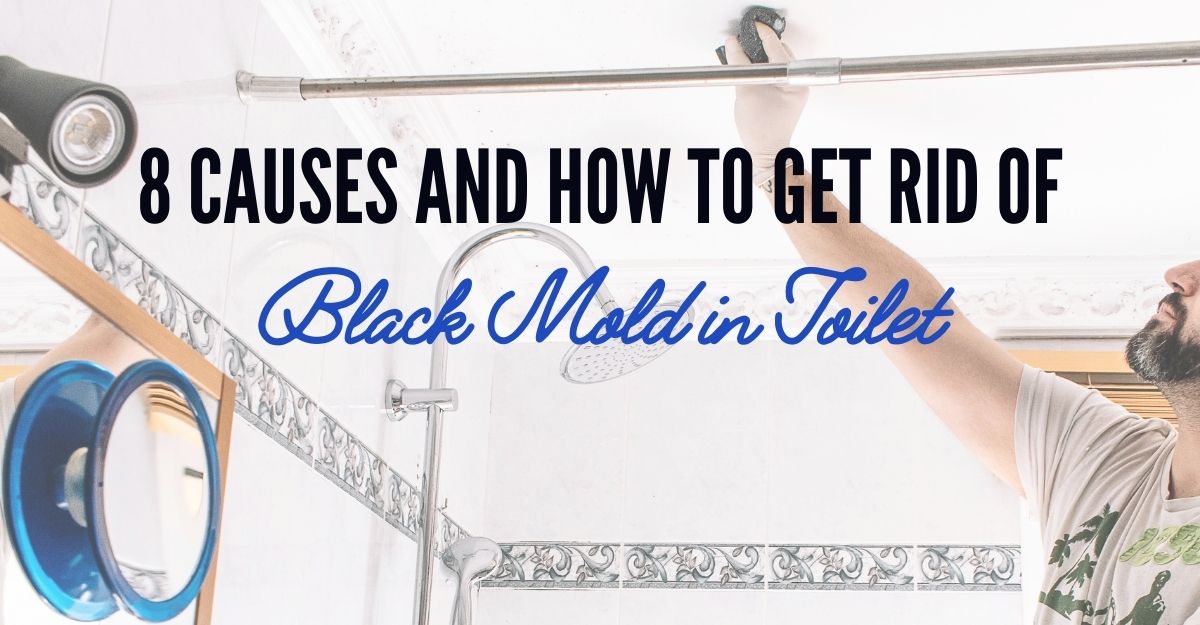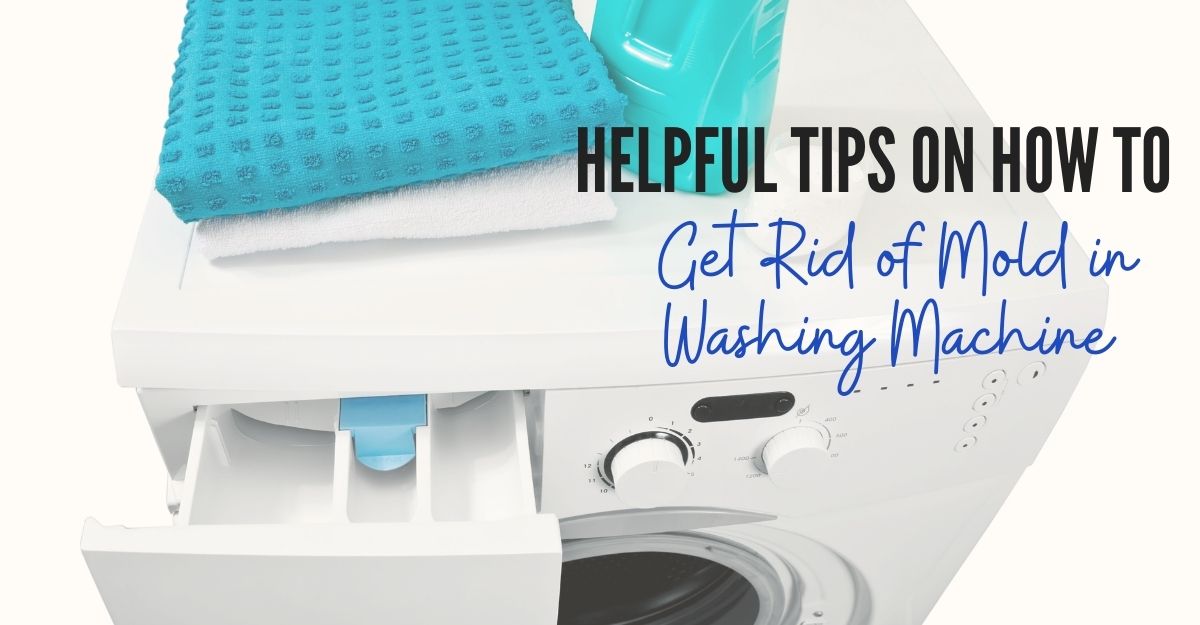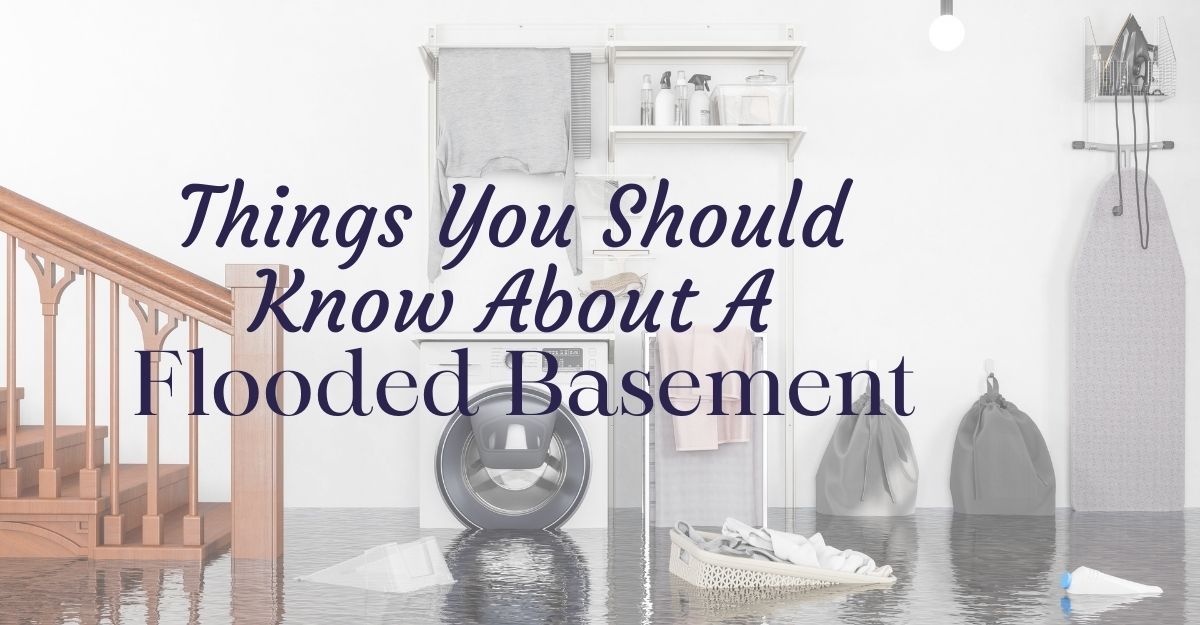Mold facts and insurance coverage
For the past years, different stories about “mold” growth in houses and businesses have become common. These stories have all got the people wondering, “how can we make a successful mold insurance claim?”
According to science, a mold is a type of fungus that grows in a form of multicellular filament called hyphae. Molds are a large and taxonomically diverse number of fungal species in which the development of hyphae results in discoloration and a fuzzy appearance, especially on foods. Moreover, molds can reproduce through producing large numbers of small spores, also known as mold spores, which contains its single nucleus or can be multinucleate.
However, molds are inevitable. They can be found everywhere in nature, both indoors and outdoors, so the challenge in dealing the molds is always there. For some people, exposure to molds can lead to symptoms such as nasal stuffiness, eye irritation or wheezing. While for some people, who are already experiencing health problems, may have more severe reactions. According to the Occupational Safety and Health Administration, mycotoxins from mold growth can also cause other respiratory problems.
Mold spores can certainly be toxic, most importantly in scenarios which growths are large enough to pose poisoning risks to humans. The more common issue with uncontrolled mold growth is property damage. And what’s worse is when the mold insurance policy does not cover the mold damage in your home.
Is mold covered by insurance?
Homeowner and commercial property policies differ in scope depending on the insurance company. The specific policy language and the causes of the mold contamination and growth will be liable to whether mold contamination is covered under one’s policy. Some property policies can cover mold contamination if the owner can prove that the mold damage is caused by one of the listed “perils” or causes. Some of the property policies are “all-risk”, which cover the mold contamination if the owner proves that the cause(s) and the mold contamination itself is excluded in the policy.
Home insurance policies usually do not cover mold. Especially when the mold damage resulted from a preventable water leak, flooding or high humidity. However, homeowners’ insurance covers mold damage if it was caused by a “covered peril”. Otherwise, the insurance company will most likely not cover the mold damage.
When, however, the mold growth was caused by water damage that is covered, your insurance company may cover the additional cost to remediate the mold contamination. Conversely, a standard homeowner’s insurance policies protect the owner from water damage caused by sudden or accidental incidents. For example, bursting of pipe or an overflow caused by malfunctioning of electronic appliances such as airconditioned unit, refrigerator or washing machine.
However, other than these kinds of water sources, though, the odds of the policy covering the damage caused. It is important to remember that investigating whether the pipes were in proper condition, and there were no defects or failures visible in the roofs or walls, is a must. Finding this kind of damage sources may be a way for the homeowner to get insurance coverage.
How to make a successful mold insurance claim?
Generally, homeowner’s insurance policies do not offer coverage for mold due to maintenance issues. But even with scenarios under the covered events, the insurance policies could still contain mold damage exclusions.
A standard home insurance policy usually excludes mold coverage or severely limits coverage for it. That being said, your home insurance may cover the cost to clean up mold when it’s due to a covered peril and was unknown to you while it grew. Or, if a homeowner purchased mold insurance along with your homeowner’s policy.
What’s important is the strategy for a mold insurance claim is. If you do have mold coverage in your home insurance policy, it is advised that you make sure that only the additional cost for mold remediation is applied toward your policy’s mold limitations, rather than the full repair cost. For example, if restoration crews are cutting out wet or burnt drywall, only the additional cost for handling moldy drywall rather than regular damaged drywall should be placed into the mold remediation category.
Most insurers will acknowledge coverage for mold contamination associated with the accidental discharge of a closed plumbing system–as long as you take reasonable steps to protect and repair the property after you discover the damage. Moreover, never speculate or guess about the cause(s) of the mold contamination or suggest to or agree with your insurance company that the mold must have been around for a long time or that there must be some hidden leak somewhere. Wait until all the investigation is completed before you acknowledge or agree as to the cause(s) of the loss with your insurance company.
Once you determine that you have a covered loss, be sure to go down the list of all the coverages in your declarations page, including the additional living expenses. If you have to leave the house during repairs, make sure to explore all the benefits you are entitled to.
The bottom line: A conclusion to mold insurance
Recognizing the sources of mold growth and the costs of removing them is the first step to mastering this situation. The next step is understanding exactly what your home insurance policy does and does not cover when it comes to mold and water damage—two different things. Most importantly, once you understand the risks that mold poses specifically to your family and property, you can learn to control it.
Always remember, molds can be serious. But it needs very specific things to grow and its movements are predictable. So, until mold develops a genetic resistance to bleach, you’re in charge of the possible damage.




